I wrote a whole post about the artist Joseph Cornell. Well, not all about Cornell—I was trying to write about how I keep having to relearn how to write. How I keep getting parts of it wrong.
And the post was about that, but it also included sentences that seemed show-offy and obnoxious about things like lyric essays and words like neologistic.
Let me start again.
* * *
Still, Cornell seems important. His boxes seem important. Do you know his work?
I didn’t, until Chris and I took a trip to New York City—my first—the month between our 40th birthdays. Our kids were just 13, 9, and 3—who knew then that two of them would end up in New York City, that there would be so many trips there that I’d lose count? Back then, on my first trip to Manhattan at almost 40, the city blew open my mind.
Our trip to the MoMA was one of the highlights.
That glassed box with the doll. Little face behind flecked twigs, lace and feathers at her feet.
Old dolls, I’d spent my childhood with them. As a girl, I inherited a large collection of old dolls from my great aunt, and also a cabinet with curved glass, where they lived. My entire childhood, those dolls watched me in my bedroom, through that glass.
I couldn’t stop looking at that doll in that box. I made Chris go back before we left. For the doll, yes, but it was more than that. I couldn’t have told you, then, exactly why.
* * *
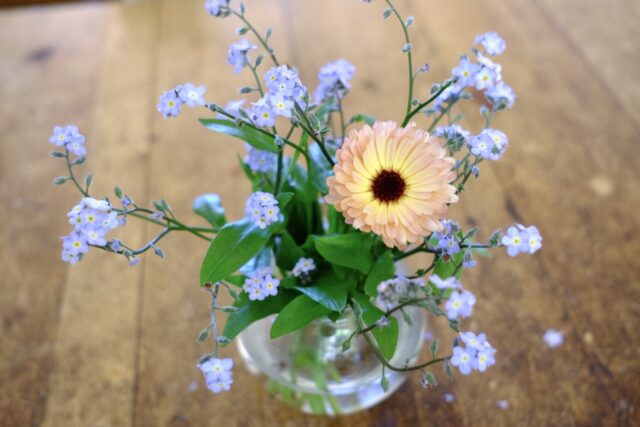
I keep taking writing classes, have you noticed? Some of my writing friends think I’m nuts. In nicer words they say: just stop taking classes and write your damn book!
But there’s something I’m still trying to figure out.
Two classes at once this month, which does seem ridiculous.
One: Cultivate Your Prose Style: Line by Line with the writer Nina Schuyler. It’s a real geek-out of a class for wordlovers, looking at the craft of writing sentences. Chris keeps getting confused: You’re learning to write sentences? Like: Haven’t you figured that out by now? But it’s more than that. Check out Nina’s two wonderful books on the topic to get a sense.
Two: Leap & Practice, a class with poet Carrie Fountain. Poetry! Me? I’m not planning to write poetry but I adore Carrie’s poems, particularly her poems about motherhood, and I wanted to see if I could glean some tricks. I wanted to play with words in a different way.
Oh, one more, a stand-alone. Write Tight, a one-hour workshop on writing flash—super-short nonfiction—with Heather Sellers. So good!
Maybe you’re seeing the connection. All classes that zoom in (and Zoom in) on the small. Sentences. Words.
* * *
The last time I tried to write poetry was in 1997, the year we started homeschooling. I’ve been writing about that year in my memoir draft, chapter two—a chapter I’ve rewritten so many times I’ve lost count, like the trips I’ve taken to see my kids in New York City.
Why can’t I get it right? I want to write it like some of the posts I’ve written here, posts that circle around a few objects and ideas and make leaps between them. Like the one about hands and aging and making art or the one on gardening and menopause or the one on lost cups and life and Amy Krause Rosenthal.
But my drafts keep coming out long, so damn long that I can’t do anything with them. Can’t submit them to magazines even, so I haven’t been published in years.
* * *
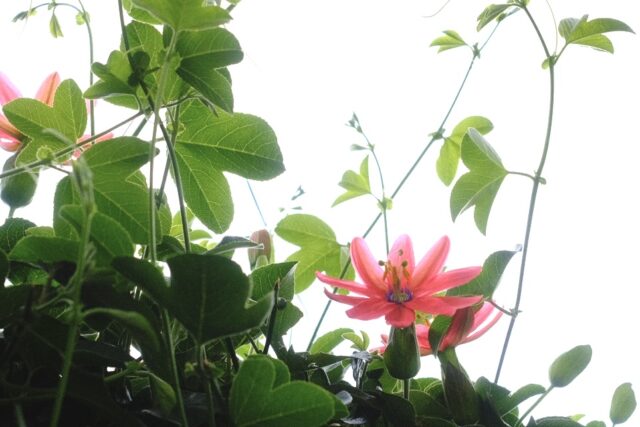
I blame that last time I tried to write poetry, in 1997, on a paperback with a leaping woman on the cover. Do you know poemcrazy by Susan G. Wooldridge? Wandering through Cody’s Books in Berkeley one afternoon, that leaping woman caught my eye. Then Wooldridge, with her lower-case, made-up-word title (that’s where, in the first draft of this post, I showed off with neologistic) caught my mind. It’s still one of my favorite books. Short chapters like little essays, playful and gorgeously written, with poetry prompts.
With kids (and adults!) I’ve done her “word tickets” exercise again and again. All love it, always. We collect words on the backs of actual old-school tickets, torn from a roll, and assemble them into our own found poems.
* * *
Cornell is best known for the boxes–please look!–he made, filled with ephemera he collected over a life spent wandering the streets of New York City. And look at how he stored all that ephemera in cardboard boxes in his basement! Plastic shells and wooden balls and love letters!
The boxes he found, or made from old pine. To make them look old, he ran gesso over them and left them outside; or in an oven, he baked them.
He’d start with a box, sift through stuff, place and replace and find what fit.
* * *
Why do my chapters come out so long? Why can I write like I want to here, but not for my book?
* * *
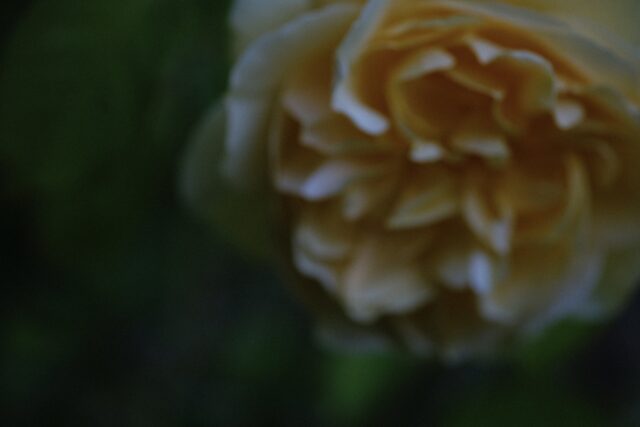
In my first draft of this post, I wrote a section about Charles Simic and his book Dime-Store Alchemy: The Art of Joseph Cornell. I’d stumbled on the book back in 2005, after that first trip to New York, wanting to know more about Cornell.
And wow, I still remember sitting at the Indian place I used to go to every Wednesday night–my night out to write when we had a houseful of kids–and being blow away over my chana masala that someone was writing prose poems about Joseph Cornell’s art.
But I get it: only the tiniest percentage of you care about prose poems or the lyric essays Simic is known for. When I try to explain to Chris what prose poems and lyric essays even are and why I love them, he puts up with me, like I put up with him when he insists on the genius of Rush.
Still, it was a form of writing—distilled, associative—that I was trying to learn and I couldn’t believe someone connected it to that doll in that box.
* * *
I began to understand what I love about Cornell’s work: my mind tries to figure out how the gathered bits connect.
Same with Simic, with lyric essays in general.
But you already know this dorky obsession of mine. I figured it out years ago. That’s when I started writing blog posts in drafty little bits, moving the parts around like word tickets, searching for connections.
* * *
The last time I tried to write chapter two it got long, so long, so embarrassingly long. I added a whole thread about trying to write poetry, trying to write essays and why was that in there?
I didn’t need to cut back the chapter; I needed to start from scratch.
* * *
Something about those boxes. Something about having a container and deciding what goes inside.
* * *
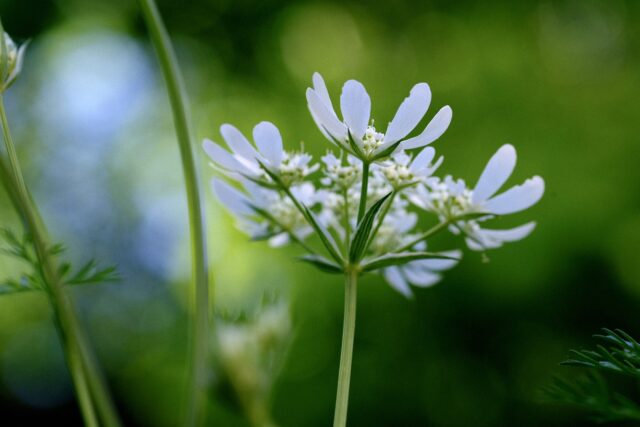
More than thirty pages—sheesh—and out I printed them all. Looked for recurring images, objects.
Boxes, gardens, windows.
That book with the leaping woman on the cover. Something told me she needed to stay.
Imagine my surprise as I searched through my yellowed paperback for ephemeral lines and found in Chapter 40—titled “collage”—this:
“In New York City last summer I discovered Charles Simic’s book Dime-Store Alchemy: The Art of Joseph Cornell.”
Wooldridge writes about the book and Cornell and assembling poems from what you find.
I first read Wooldridge’s book in 1997, eight years before that first trip to New York City. I did not remember reading about Cornell. About Simic.
* * *
I started thinking about Cornell’s boxes again this past March, after hearing the writer Sabrina Orah Mark in a fantastic, deep-dive interview on Between the Covers.
You may remember that last year I studied one-on-one with Sabrina for a month and my brain exploded. I wrote then: Sabrina’s work is inventive and constantly breaking free of rules and structures.
In March, I couldn’t wait to get my hands on her new book, Happily: A Personal History—with Fairy Tales. The book is based on her columns for the Paris Review—I linked a couple favorites in that post—and I wanted to study how she packs so much into such small spaces.
What I learned: She centers on images and objects and moves associatively between them. She moves fast, often leaping from one thing to another within a single sentence.
In that interview she said, “When I think about how to start telling a story, I think about what Walter Benjamin talks about with the poet as a collector and the poet as a ragpicker where you go around and you collect what has been forgotten or feels like it no longer needs to be of use, and you gather up those things… I mean I know this is going to sound like maybe spells, alchemy, or something but that’s how I approach language, where it feels like a kind of digging, it feels like a kind of searching and collecting. I remember the first time I saw a Joseph Cornell box, I remember just bursting into tears because here were these discarded things that had been reimagined as a silent story.”
I didn’t burst into tears when I heard that. But I almost did.
* * *
Last year when I worked with Sabrina, through a Zoom window she told me, “You are writing a book that gives other people permission to take the leap.”
* * *

I’m beginning to understand why I’ve been struggling with my manuscript, why my chapters are so long. I have too much material. Too many memories. Maybe more than Cornell had in that wall of cardboard boxes.
What I need to do: start with a box. In writing that means a constraint. A limit that comes from form. Or, simply, a limited word count.
I wrote a little flash piece based on a small scene from chapter two, titled Lessons Not Yet Learned in Our First Week of Homeschooling, September 1997. It involves a five-year-old H and a two-year-old L and an oak tree that still lives across the street.
I told the story in 271 words, submitted it to a literary magazine. First time I’ve submitted something in a while.
I can’t tell the whole story of our homeschooling lives. That it’s taken me so long to figure this out is a little embarrassing, but here we are. Start with a box. Sort through ephemera. Find the objects and images and ideas that connect.
Make leaps that might give others permission to make them too.
* * *
What’s up with all the flowers, you might ask. Well, since two classes at once isn’t enough, I’ve been doing a 30-day flower photography challenge (more on Instagram.) So much zooming in this May, on sentences, words, blooms. Cornell often included flowers in his boxes so I’m adding mine here, too.
parents, caregivers & educators chat
This edition’s question: What’s a “lazy” thing you do/did as a parent, caregiver or teacher that ended up benefitting the kids? You can answer in the comments of this post or by responding via email. I’ll share responses in the next edition.
- As I worked on chapter two and researched Friedrich Froebel, who originated the term kindergarten back in 1840, I came across this fantastic trailer about how kindergarten has changed–and why we need to bring back the garden of children.
- Can We Read? is a newsletter full of incredible children’s book recommendations. It’s beautifully researched and written and you should check it out! You might remember Sarah from her heartfelt comment here during the pandemic. She’s offering a 30% birthday discount for the paid version of the newsletter until Sunday, May 28 at midnight CST.
- I knitted and talked–which I got good at as a homeschooling mom at Park Day–and told a sad story about how to make kids hate writing.
writers & book lovers unite
Last month I asked: What are your favorite memoirs, essays, novels or poetry collections centering on motherhood? You had some good ones–and it’s not to late to share another in a comment below!
This Is How it Always Is, by Laurie Frankl — Kelsey
The Big Rumpus by Ayun Halliday and The Gift of An Ordinary Day by Katrina Kenison — Stacey
Chouette, by Claire Oshetsky — Recovering English Teacher on TikTok
I made a couple videos about my own favorites:
- One about why I love Sabrina Orah Mark’s Happily so much.
- And another that mentions several books I adore with mothering themes.
- I also gulped down poet Maggie Smith’s new memoir, You Could Make This Place Beautiful. “Life, like a poem, is a series of choices.” The book connects with so many of the themes in this post: short associative chapters, going meta on the writing of the book itself–and a gorgeous cover with flowers!
misc. good stuff
- In the last edition I mentioned Timm Chiusano, and his daily vlogs on TikTok. I loved this one about making an email file called The Good Stuff to collect positive messages that come your way. I made mine and already it’s got something good inside!
- I’m making a playlist to go with my book and this song represents, exactly, the mind of my youngest.
If you know someone who might appreciate this post, please consider sharing. ❤️

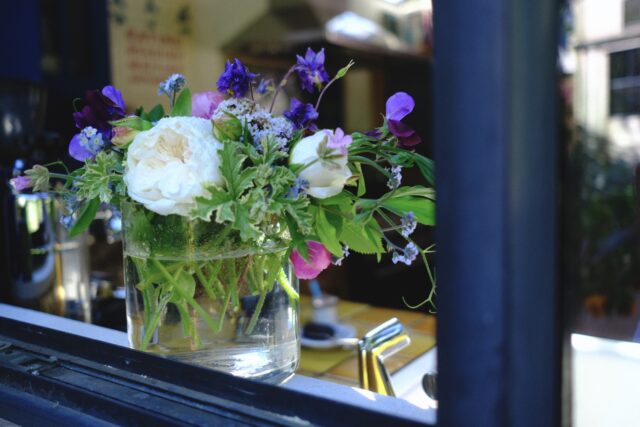
I became totally obsessed with Joseph Cornell in my final two years of high school and made plenty — I mean plenty — of derivative Cornell pieces both in my formal art classes and at home. He will always be special (and a genius) to me.
And thank you for the shoutout, Patricia — your words are such a huge compliment to me since I admire you so much and find *your* writing to be beautifully researched and written ❤️
Ooh, I hope other people have Joseph Cornell stories! Wish I could see some of your boxes, Sarah! They have such potential to contain so much.
I’m happy to give you a shoutout. Your newsletter is such an amazing resource for families who love books and I want to send them all your way!
This was so fun to read. I hadn’t heard of Cornell (but I’m an avid art lover and gallery-goer), but your connections here make so much sense.
Our intuition knows when to ‘keep’, and it always seems to come back around. The brain + body connection is a beautiful thing!
Oh Sarah, I’m glad someone found it fun to read because I fear it was a rambler. Thank you for showing up with your curiosity!
Yes to intuition! I feel like it’s the part of my writing that I’ve really learned to tune into in the past few years. Something I developed as a homeschooling mother–I’m sure you can relate!–and a major theme of my book. And, sadly, something I think today’s parents have a harder time hearing, because of the world we live in now. I thought for a long time that I was writing a book about homeschooling, but it’s really a book about hearing our intuition as parents and trusting our relationships with our unique, amazing kiddos. <3